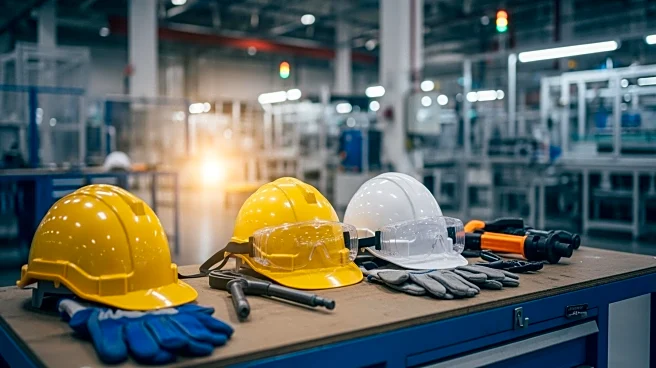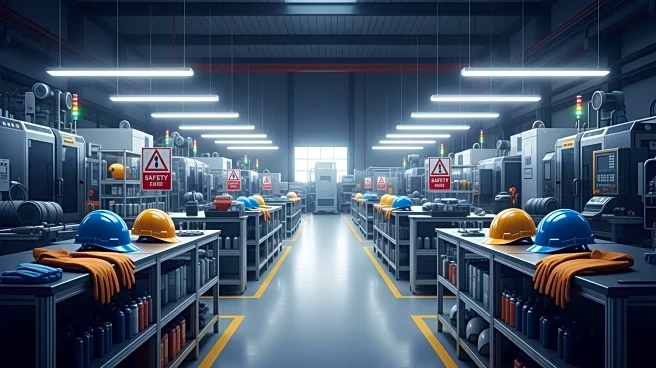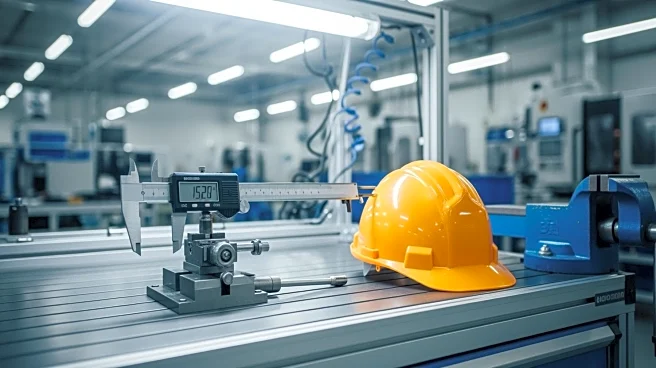What's Happening?
Manufacturers are increasingly recognizing the importance of safety culture as a competitive advantage, especially in the face of economic volatility and workplace deregulation. The American Society of Safety
Professionals highlights that every dollar spent on safety can yield significant savings, countering the notion that safety is merely a cost center. The U.S. Department of Labor's proposals to reduce workplace regulations have placed the responsibility of ensuring safety on individual companies, prompting manufacturers to proactively build resilient safety cultures. This shift is crucial as deregulation may compromise safety initiatives, and companies are encouraged to view safety as a value driver rather than a compliance checkbox.
Why It's Important?
The emphasis on safety culture is vital for manufacturers navigating economic uncertainty and deregulation. By investing in safety, companies can mitigate rising costs associated with workplace incidents, such as medical expenses and lost productivity. Moreover, a strong safety culture enhances employee engagement and retention, which is crucial given the projected need for millions of manufacturing jobs by 2033. As younger generations prioritize psychological safety and empathetic leadership, companies that foster safe environments are better positioned to attract and retain top talent, ultimately boosting productivity and profitability.
What's Next?
Manufacturers face critical decisions as deregulation continues to unfold. Companies must choose between waiting for regulatory intervention or proactively enhancing their safety programs to build competitive advantage. This proactive approach supports agility and resilience, even in uncertain times. As the national debate on workplace safety standards progresses, manufacturers are encouraged to lead with humility and empathy, aligning company values with employee expectations to foster loyalty and trust.
Beyond the Headlines
The shift towards a proactive safety culture has broader implications for workplace dynamics and employee well-being. By prioritizing safety, companies can create environments that support mental and emotional health, meeting the expectations of younger workers who value purpose-driven leadership. This cultural shift may redefine traditional workplace hierarchies and foster more inclusive and supportive work environments.











